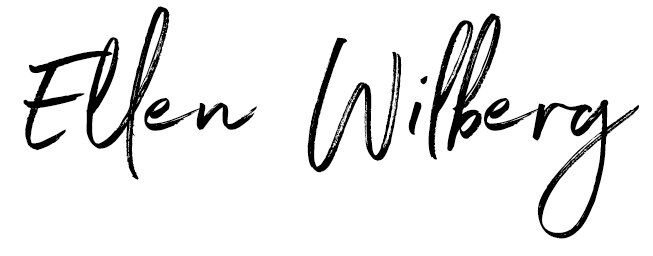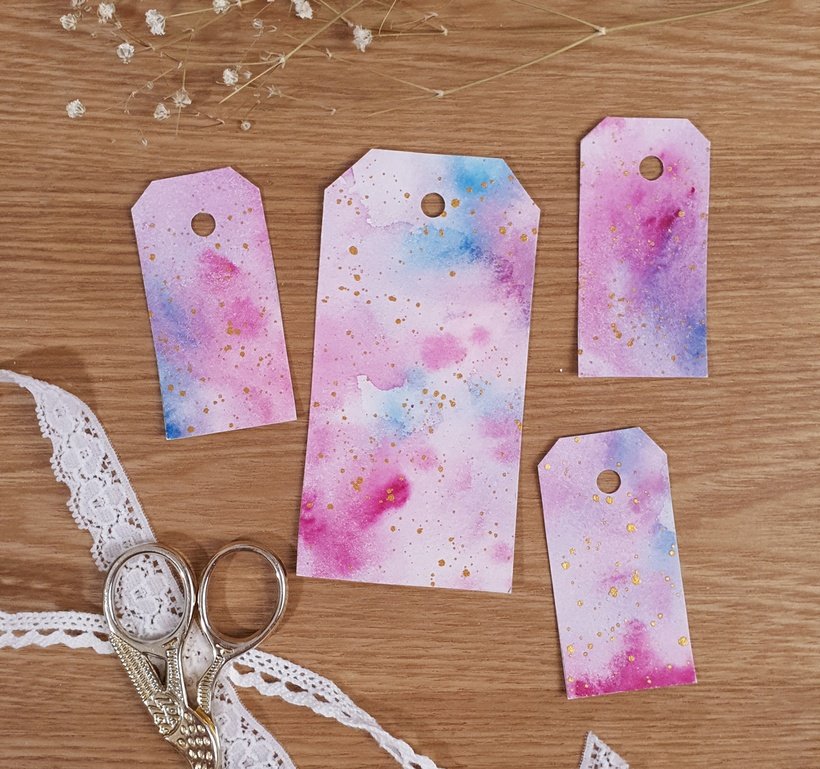Watercolors are a beautiful and at times frustrating medium. When I started painting with them 8+ years ago I had no idea what I was doing. Some things I figured out quickly on my own, but there are a lot of things I wish I knew sooner. So here are some general tips that will hopefully make your life easier, plus some handy resources! Some of these things can be a little technical, but if they fly over your head now, don't worry. You will get it a little at a time.
Materials
- Invest in good paper. If you take one thing with you from this, I hope it is this. With watercolors your paper is your most important ally. Get paper that is 300gsm/140lb thick and made for watercolors. If you can afford it, get 100% cotton paper. Working with watercolors change depending on the paper you work on, so this is VERY important. Paper can make or break your experience and result.
That being said, you can make beautiful art on most paper, you will just have a better time getting there if the paper works with you. You should also be aware that watercolor paper actually expires, so don't hoard the good stuff, use it!
Take a look at Jackson's art paper samples! This is a great way to test expensive paper without going broke.
A less expensive paper I really love, is the Etchr postcards! You can buy packs of 100, perfect for all the experimenting you want. This gives you a lot of paper for your money.
- The texture you choose is important. Watercolor paper comes most often in three textures: hot press (smooth paper), cold press (more textured) and rough (very textured). I recommend cold press for beginners as it is easier to work on in general. Hot press is great if you want to combine watercolor with drawing, like using colored pencils on top of watercolor.
- Buy artist grade paints when you can. They might seem expensive, but they are very pigmented and last a very long time. Student grade sets come in many pretty colors, but they are not as vibrant and they don't last as long. I recommend getting a small set to begin with to also learn color mixing at the same time. This set by Daniel Smith is a nice option.
Watch this video by In Liquid Color to start learning color mixing!
Some of my own color mixing exploration using only four colors
- You can use white paint. It's ok. You can even use black paint if you want to. Screw the rules.
- Add clean water to dry paint in your palette and let it sit for a bit to make it easier to use. Having a spray bottle for this use is very handy.
- There are ways to prevent your masking tape from ripping your paper. I use a tape with weaker glue, usually found in the hardware department (Look for words like "precision" and "sensitive"). You can also put the tape on your clothes a couple times, that will make the tape less sticky. Using a hair dryer or a heat tool will also help you get the tape up cleanly. Washi tape is a nice gentle option for sketchbooks.
- If you use masking fluid, buy silicone brushes. These won't get ruined, in fact the masking fluid will just roll off them!
- You don't need a ton of supplies. You really don't. All you need is a few tubes/pans of paint, decent paper and a couple brushes. Using a microfibre cloth or an old t-shirt instead of paper towels will limit the waste you produce.
Technique
- Paint dries lighter. Using color can be scary, but remember that watercolors dry lighter, so to get the color you want, you will need to paint a bit brighter than you think you do. You can always use more layers too if it feels better for you to build up the color slowly! This is something you will figure out the more you paint.
- Don't be afraid of water! Might sound weird considering it is called watercolor, but losing that control can be hard. Water is also what will help you get those beautiful textures!
- Play. This is maybe the most important practical tip. Add more water, less water. Add one color into another and see how they mix and dry. Drop clean water into wet paint. Move the paper. Add paint to wet paper. The goal is not to make something beautiful, but to have fun and learn how your paints behave in the process. If you feel like this is "wasting" your paper there are many things you can do with it afterwards. Some of my favorite things to do is to make gift tags, bookmarks or little cards!
- Youtube has a lot of great tutorials and reviews. There are videos on everything from very basic exercises and techniques to complex flowers and birds, to landscapes..honestly it is invaluable. I love watching people test supplies and share their thoughts on them, it is a great way to avoid buying something terrible. Though it often makes me buy something amazing too.
Here are some channels I enjoy:
In liquid color is Denise Soden and she has so many great videos on supplies and also some tutorials. She has a whole series on mixing colors too!
Anna Bucciarelli has many amazing tutorials that are a bit more advanced, and some videos on supplies.
The Mind of Watercolor have a lot of great products reviews and landscape painting videos.
Makoccino has many videos on watercolor basics.
Learn about lightfastness
This is not important if you only paint in your sketchbook and never intend on gifting or framing anything. But if you are considering putting your art out there it is a good idea to learn about lightfastness. Lightfastness determines how the paint reacts to UV exposure. A lot of pigments will fade to grey over time. I have actually gifted several artworks where I have used paints that will fade, and I still regret that.
There is information on the watercolor packaging about the lightfast rating of each paint. I typically go for the ones that are rated I or II. Be aware that some brands use different rating systems. Here's an example:
Lucky for us, many people have also done the work on testing the paints and have shared it with us all for free!
Handprint is a classic. It's quite technical but you will figure it out.
Sunandcolors is a new website with scans and it is continually updated!
Jane Blundell has a lot of her own lightfast tests on her blog. She also has a huge library of watercolor swatches!
Kim Crick also has a lot of tests done on water based supplies.
The most important thing
Have fun! Don't pay too much attention to the rules. Find your way of working.
If you want to see what supplies I love to use, check out this post about my favorite supplies of 2020 .
Please let me know if you have any questions! And remember, there are no dumb questions, only dumb answers.





